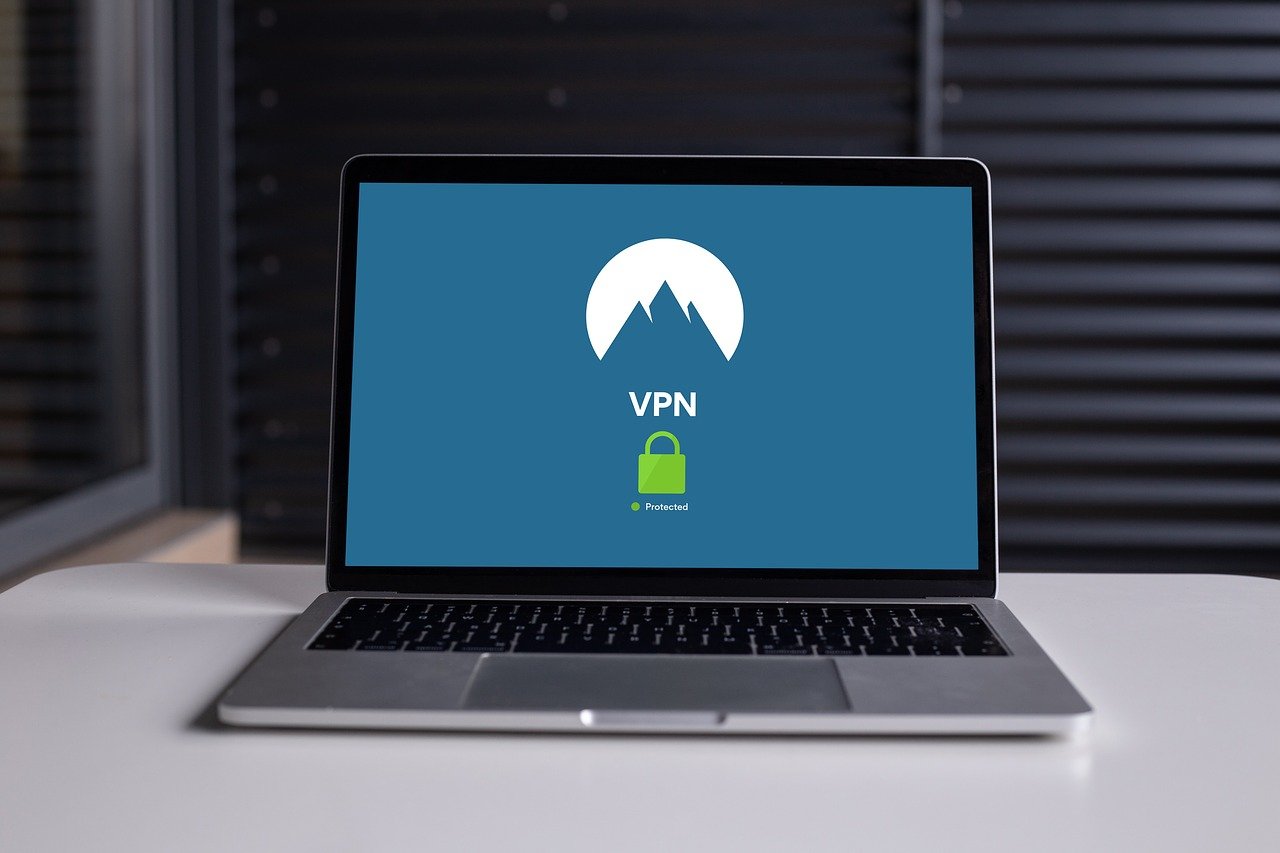If you’re currently using platforms such as Dropbox, Google Drive, or iCloud to save personal documents, photos, and work files, cloud security should be a priority.
Even though popular cloud service providers are responsible for monitoring and responding to obvious and immediate threats, their efforts are not foolproof.

By gaining an understanding of some of the most common cloud security threats, you can also do your part to protect treasured memories and important information.
Why Cloud Security Matters
Countless people rely on cloud storage services to safeguard their data, much of which is sensitive information. However, learning more about cloud security threats is not just beneficial for cyber security professionals.
Should a data breach occur, you’re left vulnerable to identity theft, financial loss, and the loss of documents, photos, and videos that you can’t always replace.
It’s essential to work with your cloud service provider to better protect your data from hackers, and educating yourself is the first course of action.
By taking simple steps to mitigate common online data risks, you can enjoy greater peace of mind knowing your most important information is safe.
7 Common Cloud Security Threats (and How to Manage Them)
Let’s look at some of the most common threats that could impact your data in the cloud and what you can do to reduce risks.
1. Data Breaches
Even though most cloud service providers (CSP) use advanced security monitoring techniques, a data breach is never impossible. Advanced hackers are always searching for weaknesses that can give them access to CSP user data.
A data breach is when sensitive information is accessed without authorization. And because millions of people currently use a CSP to store their data, these platforms have become prime targets.
Hackers are usually in search of financial, medical, and any other customer information that they can use to their advantage.
To reduce the impact of a data breach, make a point of choosing your CSP carefully. It also helps to regularly back up your data and password-protect your most sensitive documents.
2. Account Hijacking
Account hijacking has become one of the most common and serious cloud security threats. A weak password is all a cybercriminal needs to access your data in the cloud. Even more so if you tend to use the same password for multiple accounts. Once a criminal identifies your password, they’re able to hijack your accounts.
To better protect your data, it’s highly recommended that you strengthen your passwords and avoid repetition. The more complex the better – include lower and uppercase letters, numbers, and special characters.
Implementing two-factor authentication is another step you can take. This means that an additional step is required over and above your password to access your account. Common authentication methods include biometrics, security questions, authenticator apps, and temporary codes.
3. Poor Access Management
Do other people currently have access to your cloud storage facilities? Can you access your account on more than one device? Poor access management is another common way for cybercriminals to access your data.
Review who has access to your cloud account and decide whether it’s necessary. If you do want to provide access to multiple people, ensure the passwords are strong and that two-factor authentication is applied. It’s also important to check which devices are linked to your account. Limit this to one device where possible to minimize risks.
4. Malware
If malware makes its way onto your computer or mobile device, it increases the risk of a data breach. Files are constantly traveling inside and outside the cloud, each of which is an opportunity for hackers to sneak in malicious code.
To prevent malware threats, install antivirus software on your work and personal computer, as well as your mobile device. This will ensure that any files are scanned before you download or upload them. The software will also regularly scan your device for threats.
You should also avoid opening any email attachments from people or businesses you don’t know – you never know when they might contain malware.

5. Insecure APIs
API breaches are fast becoming one of the most common cybersecurity threats. Software components rely on APIs, or application programming interfaces, to communicate with each other. Your weather app, Uber, and mobile payment apps are all examples of software that use APIs.
As applications are updated, some APIs may be overlooked, which leaves you unprotected.
To avoid this threat, make sure that your apps are always up-to-date and secure. It’s also best to uninstall any unnecessary or outdated apps.
6. Zero-Day Attacks
Freelancers and businesses often invest in open-source software such as Google Cloud and Microsoft Azure, leaving them vulnerable to zero-day attacks.
Unfortunately, open-source platforms will always have weak spots, which is what hackers take advantage of. They aim to infiltrate these areas before developers and administrators have a chance to patch them.
Protect yourself by only working with reputable open-source software and configuring it correctly – the default settings are not always the best option. Over and above this, make sure that you’re regularly updating the software and backing up your data.
7. Shadow IT
Bluetooth-based tools, messaging apps, and collaboration tools all carry shadow IT risks. Without the proper protection, third parties can introduce malignant code, authorize data changes, and access unauthorized information. This is true on both your work and personal computer or mobile device.
One of the ways that you can avoid shadow IT threats is to turn your Bluetooth off whenever it’s not needed. It also helps to check your Bluetooth settings to prevent unauthorized connections. When using messaging apps or collaboration tools, make sure messages are encrypted and that you never open files from unknown sources.
Cloud Security Simplified
Knowing that cybercriminals are always looking for ways to gain access to sensitive information can be disconcerting. However, by choosing the right CSP and taking joint responsibility for your data, it is possible to avoid common and ongoing cloud security threats.




















